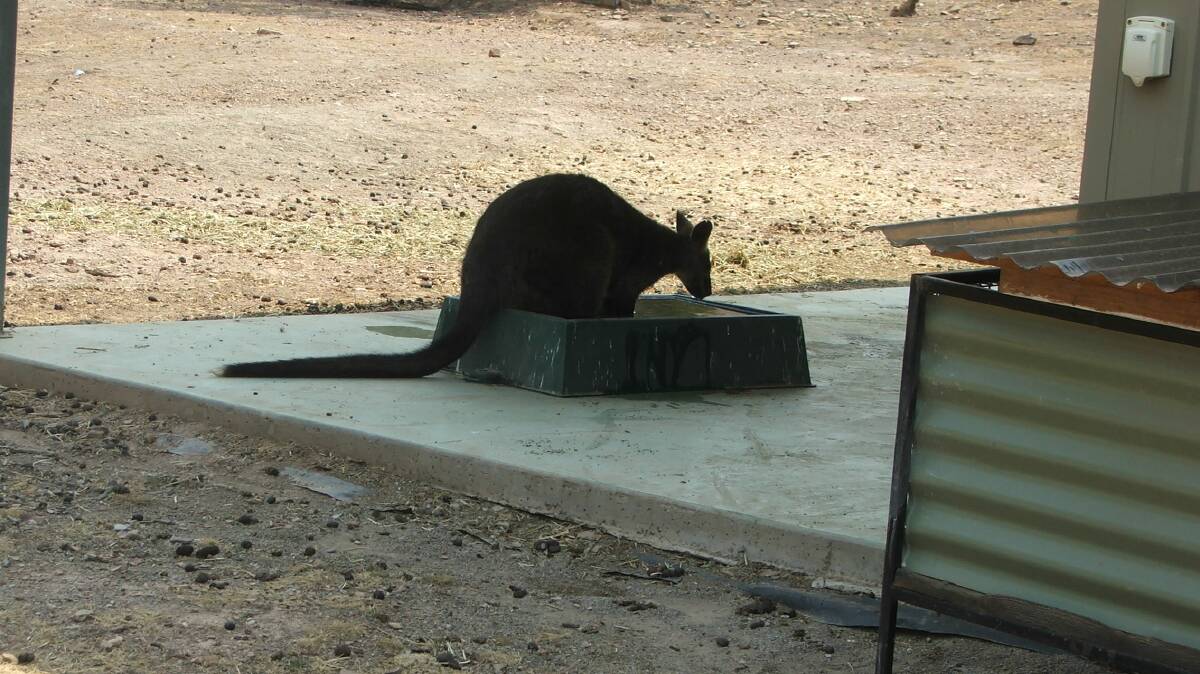By any measure the holiday period was a quiet, sad close to 2019. Given drought, dust storms and raging bush fires, there truly wasn't much to grin about.
Subscribe now for unlimited access.
$0/
(min cost $0)
or signup to continue reading
As the toll on human, stock and wildlife becomes apparent in all its terrible detail one could be forgiven for being glum.
However, we are a resilient people and we will come out ahead at the end of it all.
In the meantime we have been reminded yet again of the heroism and the generosity of ordinary Australians, their ingenuity and their resourcefulness.
Today I write about another Australian characteristic and one that is not confined to people: the bush telegraph, a system predating human footprint on this earth.
It is only in the last few decades that we have really begun to understand that non-human life communicates.
From apiarian observation we know that bees communicate by aerial dance to indicate the location of a pollen source and of water.
Providing water for bees during the drought, I found that within an hour a cloud of bees had arrived to drink. I placed a forked stick in the bowl to prevent accidental drownings in the crush. Bees continued to arrive and crawl down the stick to drink. Those who had finished drinking crawled back up the underside of the stick. Other bees lined up on my arms in orderly succession to wait their turn to drink.
Who told them about queuing? Who told them I was no threat? Who told them there was water? It had to be a bee.
A couple of years ago an elderly swamp wallaby took up residence in the cool gap between the water tank and the shed on our bush block.

He learned to drink from the overflow tank and became a semi-permanent resident. As the overflow dried up and the waterholes failed we provided water for him. Then, as grazing disappeared, we provided food supplements.
Shortly there were three swampies. Then there were a couple of redneck wallabies, then a pair of eastern greys, none of whom we had seen before. The word had got around.
Now at dawn and dusk they arrive, in ever increasing numbers, to sample the 'manna in the desert' of which they've been told.
The really interesting thing is that these are wild creatures. They do not know humankind. Yet they have learned by word of mouth that they will come to no harm at our hands and so eat and drink happily while we go about our activities among them.
Did you know that trees too communicate? Theirs is a sophisticated communication by chemical conversation.
An ailing tree under attack by leaf eaters will emit a warning chemical through its leaves to warn other trees in the vicinity so they can be prepared to battle the leaf eaters when they arrive, again by chemical means.
Tree roots reach out to other tree roots to share water and nutrients as needed and transmit warnings to shrub invaders to depart their vicinity or die.
All living things communicate. The trick is to know how they do so and what they are saying.

